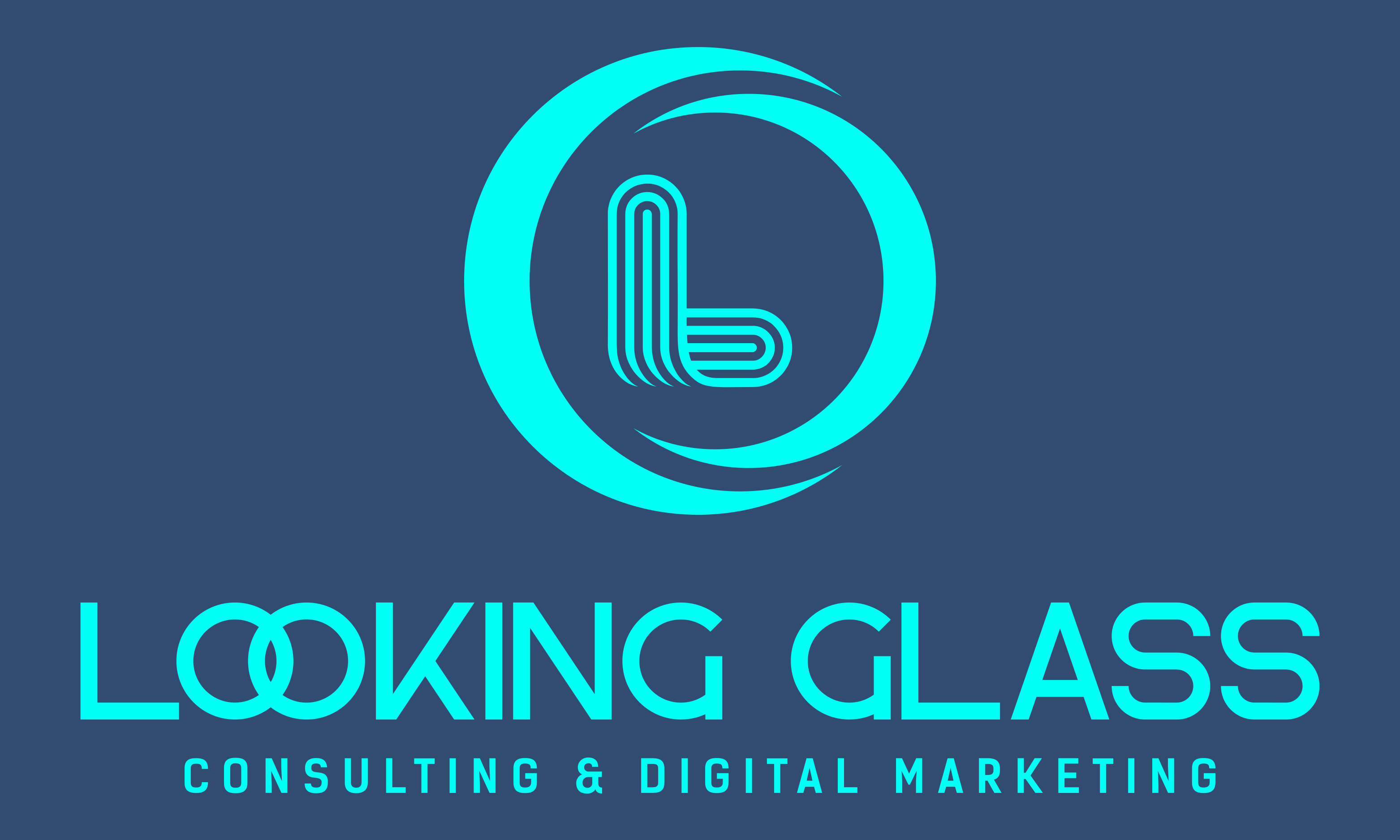
Digital Marketing Basics for Small Business Owners
In today’s digital age, small businesses can’t afford to ignore the power of digital marketing. It’s no longer an option; it’s a necessity for survival and growth. If you’re a small business owner who’s just starting to dip your toes into the vast ocean of digital marketing, fear not. This article will serve as your guide to understanding the basics of digital marketing and how you can use it to propel your business forward.
Why Digital Marketing Matters
Before we delve into the specifics of digital marketing, it’s crucial to understand why it’s essential for small businesses:
1. Wider Reach
Digital marketing enables you to reach a global audience. With the right strategies, you can expand your business far beyond your local area, tapping into markets you might never have considered before.
2. Cost-Effective
Compared to traditional advertising channels like TV or print media, digital marketing can be incredibly cost-effective. There are options for every budget, making it accessible to small businesses.
3. Targeted Marketing
Digital marketing allows you to target specific demographics, interests, and behaviors. This means your marketing efforts are more likely to reach people who are genuinely interested in your products or services.
4. Real-Time Analytics
One of the significant advantages of digital marketing is the ability to track and measure your results in real-time. This data-driven approach allows you to make informed decisions and optimize your strategies as you go.
Now that you understand the importance of digital marketing let’s dive into the basics.
The Digital Marketing Landscape
Digital marketing encompasses a wide range of strategies and channels. Here are some of the key components:
1. Search Engine Optimization (SEO)
SEO is the practice of optimizing your website to rank higher in search engine results pages (SERPs). This is essential because most people start their online journey with a search engine. By appearing at the top of search results for relevant keywords, you increase your website’s visibility and attract organic traffic.
Key SEO components include:
- Keyword research: Identifying the keywords your target audience is searching for.
- On-page optimization: Optimizing your website’s content, meta tags, and images.
- Off-page optimization: Building high-quality backlinks from other reputable websites.
2. Content Marketing
Content marketing involves creating and distributing valuable, relevant, and consistent content to attract and engage your target audience. Content can take various forms, including blog posts, videos, infographics, and more.
Effective content marketing strategies include:
- Identifying your target audience’s pain points and interests.
- Creating a content calendar to plan and schedule your content.
- Promoting your content through various channels, such as social media and email.
3. Social Media Marketing
Social media platforms provide an excellent opportunity to connect with your audience, build brand awareness, and drive traffic to your website. Each platform has its unique characteristics, so it’s essential to choose the ones that align with your business and target audience.
Tips for successful social media marketing:
- Post consistently and engage with your followers.
- Use a mix of content types, including text, images, videos, and stories.
- Utilize paid advertising to expand your reach.
4. Email Marketing
Email marketing remains a powerful tool for nurturing leads and retaining customers. Building and maintaining an email list allows you to send targeted messages directly to your audience’s inbox.
Best practices for email marketing include:
- Personalizing your emails based on the recipient’s preferences and behavior.
- Segmenting your email list for more targeted campaigns.
- A/B testing to optimize subject lines, content, and call-to-action buttons.
5. Pay-Per-Click (PPC) Advertising
PPC advertising allows you to display ads on search engines or social media platforms and pay only when users click on them. This can be an effective way to drive immediate traffic to your website.
Key elements of PPC advertising:
- Keyword research and selection.
- Writing compelling ad copy.
- Monitoring and adjusting your campaigns based on performance.
6. Analytics and Data Analysis
To succeed in digital marketing, you must track your efforts and analyze the data. This helps you understand what’s working, what needs improvement, and where to allocate your resources.
Common digital marketing metrics to monitor:
- Website traffic and conversion rates.
- Click-through rates (CTR) for ads and email campaigns.
- Social media engagement and follower growth.
Crafting Your Digital Marketing Strategy
Now that you have an overview of the digital marketing landscape let’s discuss how to craft a digital marketing strategy tailored to your small business:
1. Set Clear Goals
Start by defining your objectives. What do you want to achieve with your digital marketing efforts? Goals could include increasing website traffic, generating leads, boosting sales, or improving brand awareness.
2. Know Your Audience
Understanding your target audience is crucial. Create buyer personas that outline your ideal customers’ demographics, interests, pain points, and online behavior. This information will guide your content creation and targeting.
3. Choose the Right Channels
Select the digital marketing channels that align with your goals and audience. It’s better to excel in a few channels than to spread yourself too thin across many.
4. Create Valuable Content
Content is at the heart of digital marketing. Produce high-quality content that addresses your audience’s needs and interests. Whether it’s blog posts, videos, or social media updates, make sure your content provides value.
5. Optimize for SEO
Ensure your website is optimized for search engines by using relevant keywords and providing valuable, well-structured content. Regularly update your content to keep it fresh and relevant.
6. Engage on Social Media
Be active on social media platforms where your audience spends time. Engage with your followers, respond to comments, and share content that resonates with them.
7. Measure and Adjust
Track your digital marketing efforts using analytics tools like Google Analytics, Facebook Insights, and email marketing platforms’ reporting features. Use this data to make informed decisions and refine your strategies over time.
Conclusion
Digital marketing is not just an option for small businesses; it’s a necessity. Embracing digital marketing strategies can help you reach a broader audience, compete effectively, and grow your business in today’s competitive landscape.
Remember that digital marketing is an ever-evolving field, so staying updated with the latest trends and technologies is crucial. As you continue to learn and apply these digital marketing basics, you’ll find that your efforts translate into increased brand visibility, customer engagement, and, ultimately, business success. So, start planning your digital marketing strategy today and watch your small business thrive in the digital age.
